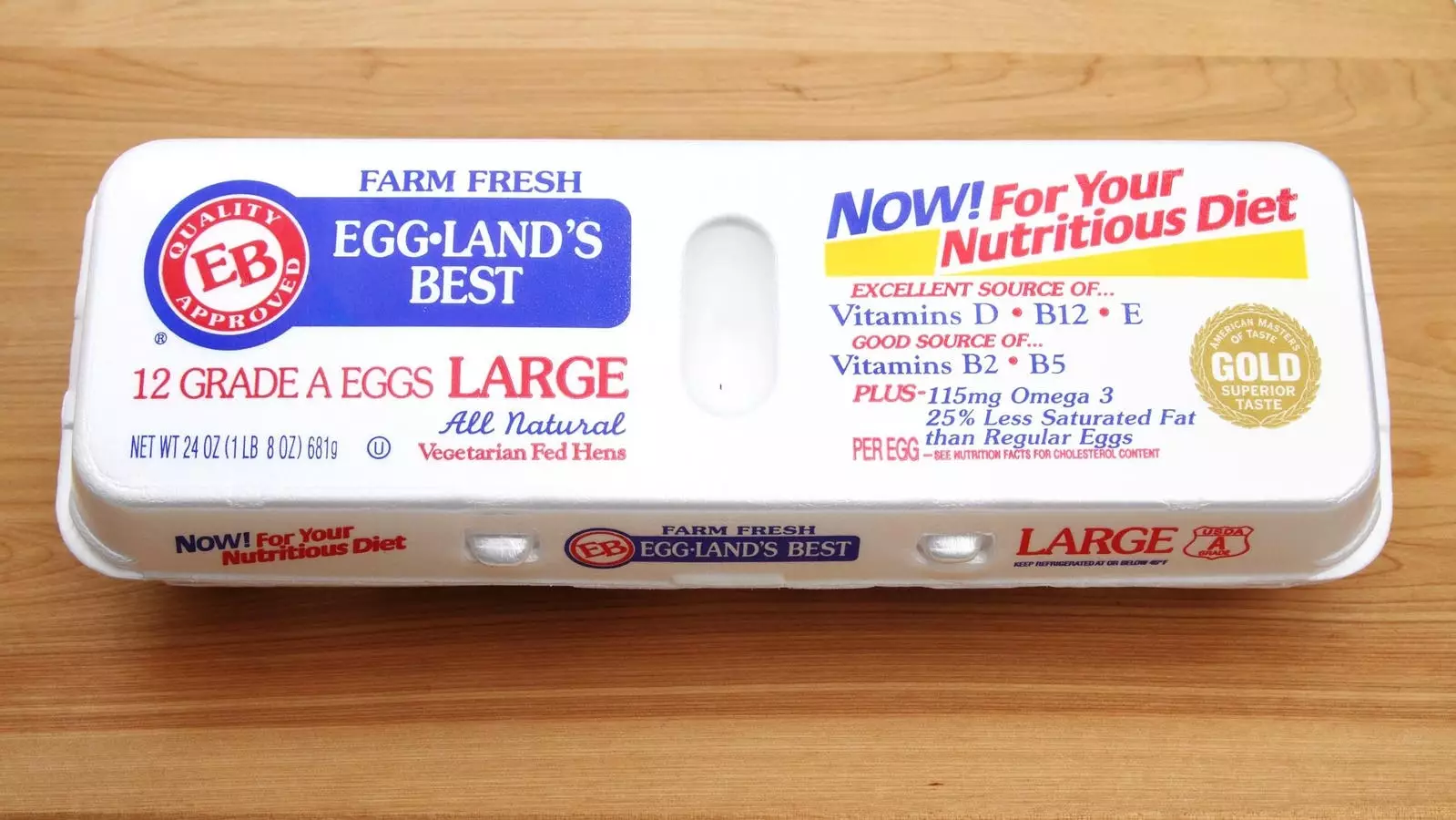In an era where information spreads at the speed of light, particularly through social media, rumors can easily take on a life of their own. This phenomenon was starkly illustrated recently when many believed that Eggland’s Best eggs were under a recall due to safety concerns tied to avian influenza. While these claims were found to be unfounded, they reveal a deeper anxiety regarding food security and consumer trust in the food supply. Understanding the roots of such misinformation is essential as we navigate the increasingly complex food landscape of 2023 and beyond.
The Power of Misinformation
The rumor surrounding Eggland’s Best eggs took off like wildfire, compelling consumers to check their pantries and consider returning their purchases. Despite the lack of an official recall from reputable authorities like the FDA or USDA, panic ensued. This incident underscores how quickly misinformation can disrupt consumer behavior and decision-making. Just as important as the event itself is the underlying sentiment that drove the rumors: a collective fear concerning the reliability of food sources.
Eggland’s Best clarified on social media that while some of their farms faced losses due to avian influenza, this did not warrant a recall. Instead, their eggs remained safe and nutritious. In a world rife with rapidly changing information, the facts can often get overshadowed by consumer emotions, which are understandably sensitive given the circumstances surrounding food supply chains.
The panic also stems from a broader context of food pricing and availability. Following significant price hikes in egg costs in 2023, where prices soared to nearly $4.82 per dozen, consumers are growing increasingly wary. The recent avian flu outbreaks have decimated poultry numbers, leading to intermittent shortages and making them feel uncertain about future availability. This environment of volatility breeds anxiety; when consumers see rising prices and empty shelves, they are naturally inclined to draw connections between these trends and safety concerns.
Studies, such as the one conducted by Purdue University, reveal significant changes in consumer behavior as a result. Many individuals perceive that food prices are escalating more rapidly than those of other goods, leading them to seek alternative brands or stockpile essentials whenever opportunities arise. These shifts reflect not just reactions to current inconveniences but also a cautious mindset cultivated by years of inconsistent access to through-market fluctuations.
Increased consumer awareness regarding food safety has been both a boon and a bane. Although the heightened vigilance promotes a safer food supply system, it can inadvertently lead to irrational fears. Food recalls have gained significant media attention, drawing focus towards potential risks associated with standard grocery items. In response, consumers are surfing the web for recall information more frequently than ever before, as evidenced by surging Google searches for recall notices related to eggs and other staples.
Such heightened concern means that any rumor — verified or not — can trigger immediate action. This sets the stage for exaggerated responses, such as returning eggs that remain safe for consumption. In this context, the Eggland’s Best egg recall rumor not only reflected specific concerns about that brand but accentuated a pervasive anxiety about food security as a whole.
A Broader Implication on Food Security
Underlying the Eggland’s Best egg incident is a more significant narrative regarding the state of food security in 2025. For years, basic food staples like eggs have been regarded as affordable and accessible. However, as recent challenges reshape food supply systems, many consumers now grapple with the realization that this stability is anything but guaranteed. The reported shortages and price fluctuations are causing many individuals to reconsider their shopping habits fundamentally, modifying how they approach purchasing decisions.
As consumers begin to adapt to this new normal, they are seeking various coping strategies — from buying in bulk to exploring different brands — trying to create a safety net against food insecurity. This reactionary behavior exemplifies how deep-rooted fears about essential food items lead to efforts to mitigate perceived risks, whether real or imagined.
While the Eggland’s Best egg rumor highlighted the fragility of consumer trust in food security, it opens a broader dialogue on how modern features of the food supply chain intersect with public perception. Understanding the complexities of consumer anxiety in relation to food availability is essential. The turmoil created by misinformation is not merely a transient event but reflects ongoing challenges in food security, calling for enhanced communication and consumer education.
As society moves forward, it is imperative for consumers to remain vigilant yet discerning. It is equally vital for food brands and regulatory bodies to communicate transparently with the public to mitigate fears and entrenched behaviors surrounding staple foods. Ultimately, fostering trust is pivotal in navigating the evolving landscape of food security and consumer confidence as we venture into the challenges of 2025 and beyond.


Leave a Reply